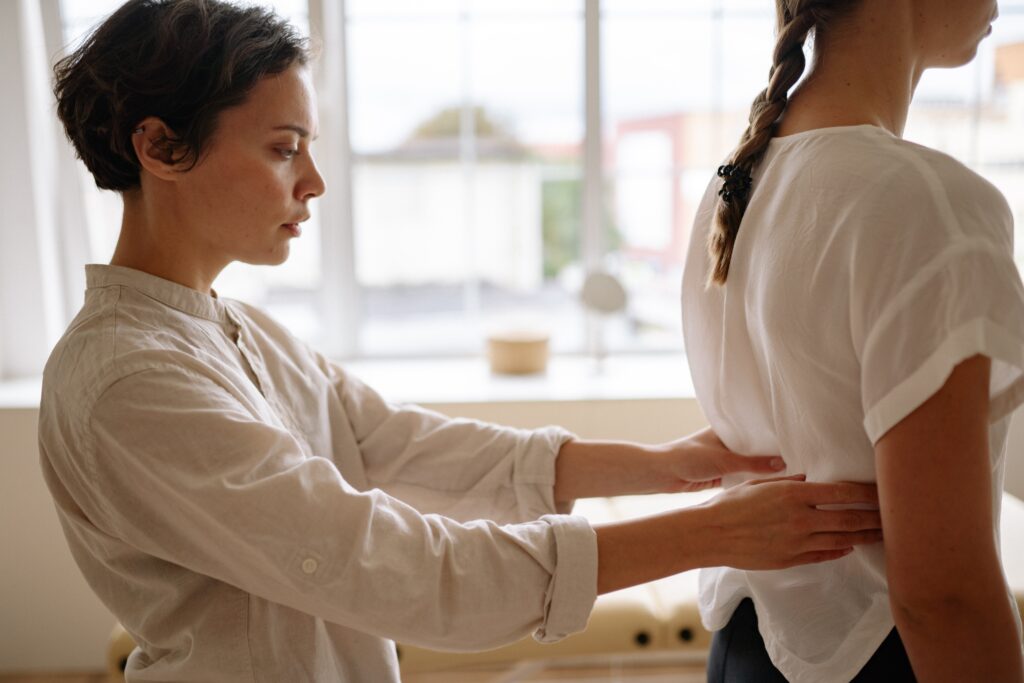Rolfing: Realigning the Body and Reducing Chronic Pain through Manual Therapy
Introduction
Rolfing, also known as Structural Integration, is a type of manual therapy used in physical therapy to help realign the body and reduce chronic pain. It was developed by Dr. Ida Rolf in the 1940s and has since gained traction as an effective way of treating musculoskeletal issues related to posture, balance, and other types of soft tissue injuries. Rolfing is a gentle, yet powerful technique that uses deep manual manipulation to help restore structural balance within the body.
What Is Rolfing?
Rolfing is a type of manual therapy focused on realigning the body’s connective tissues, also known as fascia. Through this process, practitioners can reduce pain and improve range of motion, allowing for better posture and improved overall wellbeing. This technique is based on the principles of Structural Integration, which seeks to restore balance and harmony to the body by addressing postural imbalances and muscular tightness. During sessions, the practitioner will use their hands to apply gentle pressure to specific points in order to release tension in muscles and fascia. The goal of this treatment is to reduce any pain, improve mobility and posture, and create an overall sense of wellbeing.
The Science Behind Rolfing
Rolfing uses principles from both traditional massage therapy and modern biomechanical theories. These theories focus on the interaction between the body’s muscles, fascia, bones, ligaments and other connective tissues. By understanding how the body works and interacts with these different elements, practitioners can work to improve postural alignment, reduce chronic pain, and improve overall performance.
Benefits and Uses of Rolfing in Physical Therapy
Rolfing offers a range of benefits for physical therapy patients. For those dealing with chronic pain, this technique can help alleviate tightness and restore balance within the body. This can reduce pain levels and improve mobility, allowing for better posture in the long run. Additionally, Rolfing can help athletes increase their performance by improving range of motion, balance, and overall strength.
The Rolfing Procedure
During a typical Rolfing session, the practitioner will use their hands to apply gentle pressure to specific parts of the body. This helps to re-align the muscles and fascia, release tension, and improve underlying postural imbalances. Depending on the patient’s needs, a Rolfing session can last anywhere from 45 minutes to an hour.
Risks and Side Effects
Although Rolfing is generally considered safe with minimal risk of side effects, there are some potential risks to consider. These include temporary soreness, bruising, and muscle fatigue. Patients may also experience discomfort during the treatment session, so it is important to discuss any pain levels with the practitioner before beginning a Rolfing session.
Comparisons With Other Techniques
Rolfing can be compared to other forms of physical therapy such as myofascial release, deep tissue massage, and stretching. While all of these techniques can help to reduce pain and improve mobility, Rolfing focuses specifically on realigning the body’s musculoskeletal system and restoring balance within the fascia.
Conclusion
Rolfing is a specialty physical therapy technique that can help to reduce pain and improve mobility by re-aligning the body’s musculoskeletal system. It is generally considered safe with minimal risk of side effects but may cause temporary soreness, bruising, and muscle fatigue. Practitioners must obtain specialized qualifications in order to perform Rolfing.

